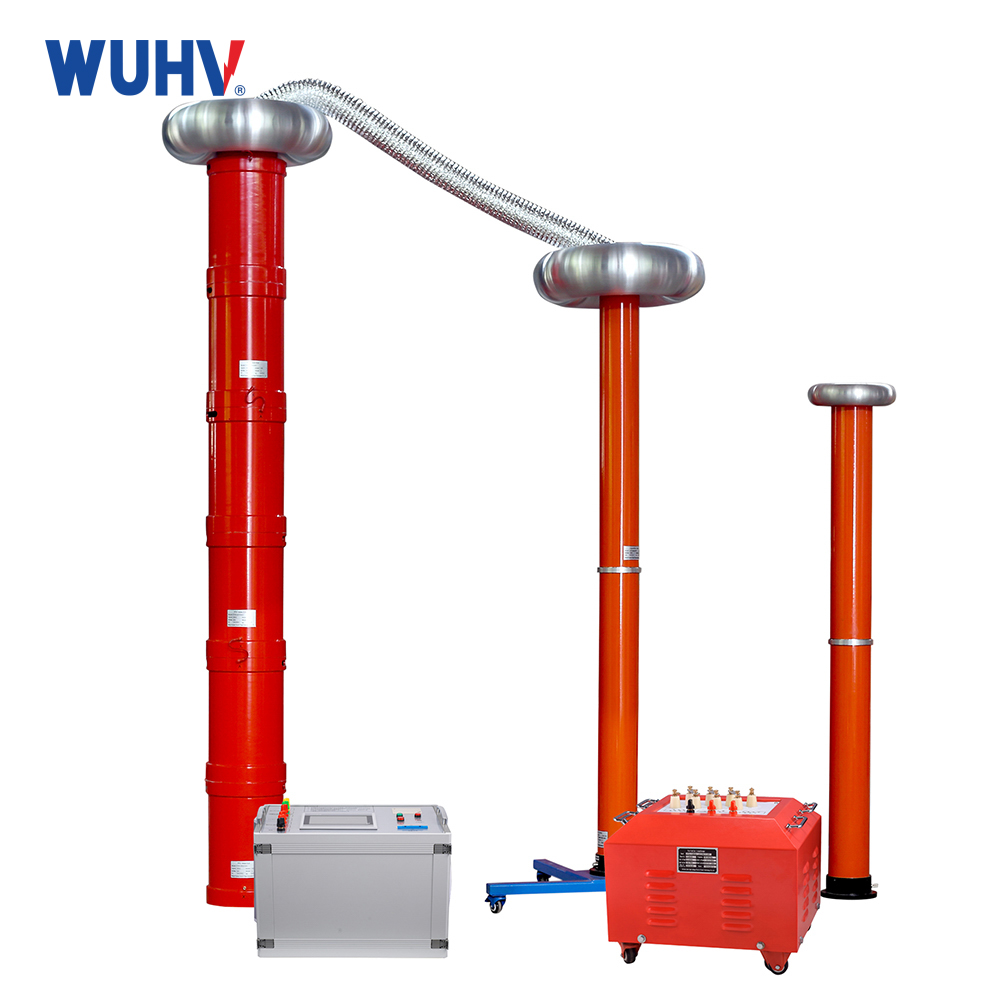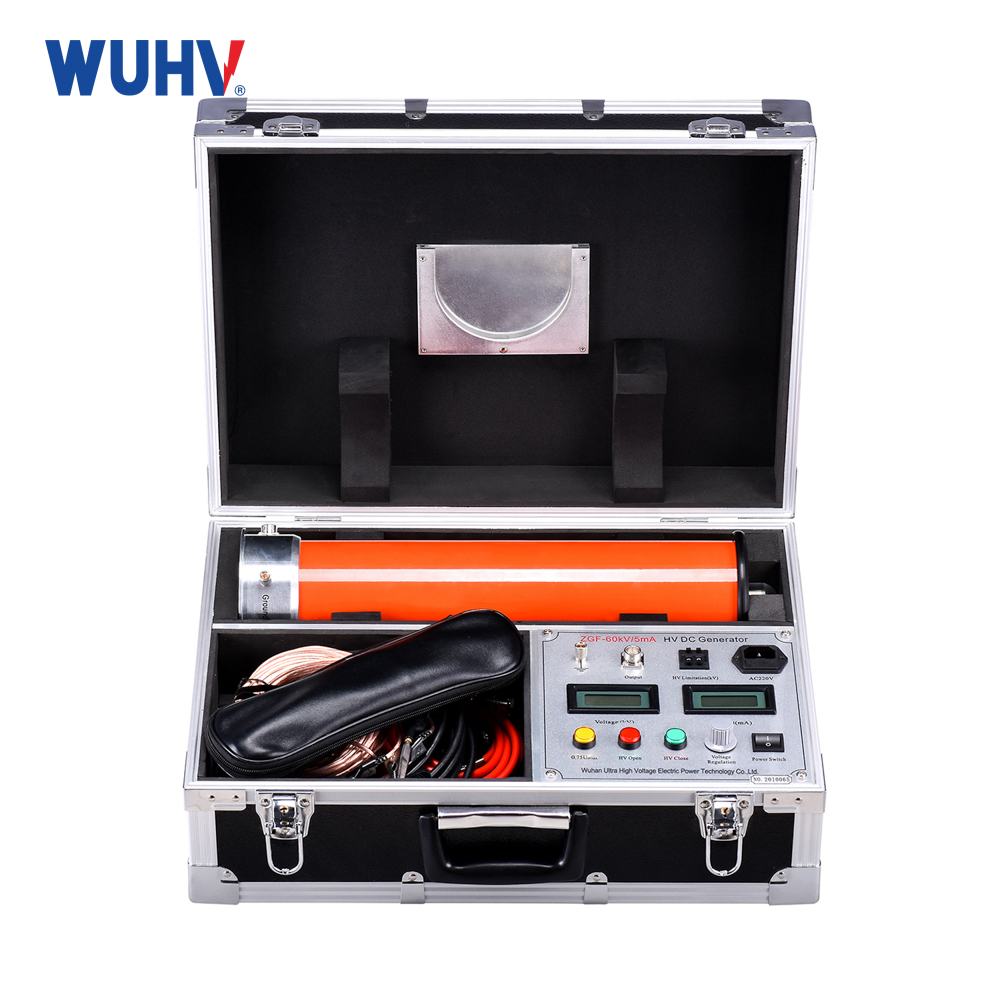The cable fault tester under Wuhan UHV can help many power workers conduct various power tests more conveniently.

High impedance fault is a common abnormal situation in cables, with specific definitions and related information as follows:
definition
High resistance fault refers to a fault situation where there is an abnormal increase in resistance in the cable. Specifically, when the insulation layer of the cable is damaged, resulting in a decrease in insulation resistance, but it is not close to zero, but between several hundred kiloohms and several megaohms, a high resistance fault occurs.
reason
The causes of high impedance faults can include:
Cable aging: Prolonged use of cables can cause insulation layer aging, leading to high resistance faults.
Insulation damage: The insulation layer of the cable may be damaged due to mechanical damage, environmental factors, or manufacturing defects, resulting in an increase in impedance.
Loose connector: Loose cable connectors can cause unstable resistance, leading to high resistance faults.
External factors such as lightning strikes and changes in environmental temperature may also cause damage to the insulation layer of the cable, leading to high resistance faults.
classification
High impedance faults can be further classified, such as:
Single phase grounding: A high resistance fault caused by the grounding of one phase of a cable.
Two phase short circuit or grounding: A high resistance fault caused by a short circuit or simultaneous grounding of two phases in a cable.
Breakage fault: When one or several conductors in a cable are discontinuous, but the insulation of the other cores is good, it is called a break fault.
Leakage fault: It is an extreme form of high resistance fault, which refers to the leakage current gradually increasing with the increase of test voltage during the preventive withstand voltage test of cable insulation, until it exceeds the allowable value of leakage current.
Flashover fault: It is another extreme form of high resistance fault, which refers to the leakage current being small and stable during the preventive voltage withstand test of cable insulation. However, when the test voltage rises to the rated test voltage, the leakage current suddenly increases and rapidly causes flashover breakdown.
influence
High impedance faults may lead to a decrease in cable performance or even complete failure, manifested as issues such as poor current and unstable voltage. If not dealt with in a timely manner, it may further deteriorate and affect the stable operation of the entire power system.
test method
The methods for detecting high impedance faults include DC method, AC method, and high-frequency method. These methods detect impedance changes in cables by applying different voltages or signals, in order to determine the presence of high impedance faults. At the same time, tools such as infrared thermography, high-voltage testing, and high resistance fault locator can also be used for fault location and diagnosis.
summary
High impedance fault is a common abnormal situation in cables, which may be caused by various factors. Understanding the causes, classification, and detection methods of high impedance faults is of great significance for ensuring the normal operation of cables and the stability of power systems.



















